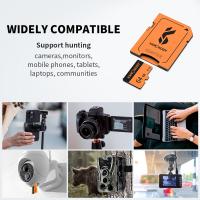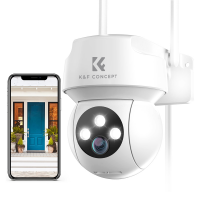How To Use Sd Card For Games?
In the modern era of gaming, storage solutions have become a critical aspect of the gaming experience. With the increasing size of game files and the need for quick access to data, gamers are constantly seeking efficient ways to manage their storage. One popular solution is the use of SD cards. This article will delve into the practicalities of using SD cards for games, covering everything from choosing the right SD card to optimizing its performance for gaming.
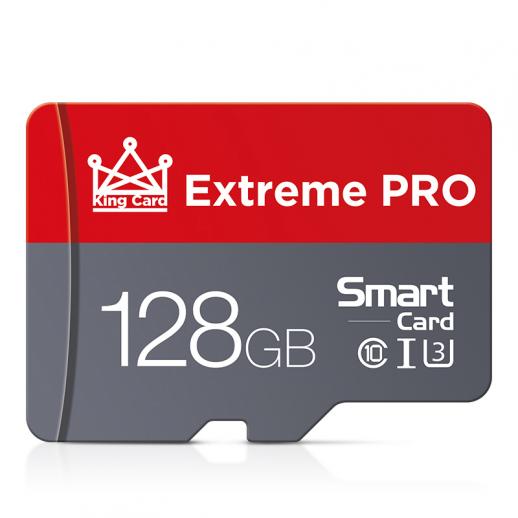
Understanding SD Cards
SD cards, or Secure Digital cards, are a type of non-volatile memory card used extensively in portable devices. They come in various sizes and capacities, making them a versatile option for expanding storage. For gaming purposes, the most relevant types are SDHC (Secure Digital High Capacity) and SDXC (Secure Digital Extended Capacity) cards, which offer higher storage capacities and faster data transfer rates.
Choosing the Right SD Card
When selecting an SD card for gaming, several factors need to be considered:
1. Capacity: The storage capacity of the SD card is crucial. Modern games can take up significant space, often exceeding 50GB per game. Therefore, opting for an SD card with at least 128GB of storage is advisable, though 256GB or more is preferable for avid gamers.
2. Speed Class: The speed class of an SD card determines how quickly data can be read from and written to the card. For gaming, a higher speed class is essential to ensure smooth performance. Look for cards with a UHS (Ultra High Speed) rating, such as UHS-I or UHS-II, which offer faster data transfer rates.
3. Compatibility: Ensure that the SD card is compatible with your gaming device. Most modern gaming consoles and handheld devices support SD cards, but it’s always best to check the device’s specifications.
Setting Up the SD Card
Once you have chosen the right SD card, the next step is to set it up for use with your gaming device. Here’s a step-by-step guide:
1. Insert the SD Card: Locate the SD card slot on your gaming device. This is usually found on the side or back of the device. Insert the SD card into the slot, ensuring it is properly seated.
2. Format the SD Card: Before using the SD card, it’s essential to format it to ensure compatibility and optimal performance. Most gaming devices have a built-in option to format the SD card. Navigate to the settings menu, find the storage options, and select the format option. This will erase any existing data on the card, so ensure you have backed up any important files.
3. Set as Default Storage: To make the most of your SD card, set it as the default storage location for game installations and downloads. This option is usually found in the storage settings of your gaming device. By doing this, all future game installations will be directed to the SD card, freeing up internal storage.
Transferring Games to the SD Card
If you already have games installed on your device’s internal storage, you can transfer them to the SD card to free up space. Here’s how:
1. Access Storage Settings: Navigate to the storage settings on your gaming device.
2. Select the Game: Find the game you want to transfer and select it.
3. Move to SD Card: Choose the option to move the game to the SD card. The device will handle the transfer process, which may take a few minutes depending on the size of the game.
Optimizing SD Card Performance
To ensure the best gaming experience, it’s important to optimize the performance of your SD card. Here are some tips:
1. Regularly Format the SD Card: Over time, SD cards can become fragmented, leading to slower performance. Regularly formatting the card can help maintain its speed and efficiency. However, remember to back up your data before formatting.
2. Avoid Overloading the SD Card: Keeping the SD card close to its maximum capacity can slow down performance. Aim to keep some free space available to ensure smooth operation.
3. Use a High-Quality Card Reader: If you need to transfer data between your SD card and a computer, use a high-quality card reader. This can significantly speed up the transfer process and reduce the risk of data corruption.
Troubleshooting Common Issues
Despite their convenience, SD cards can sometimes encounter issues. Here are some common problems and their solutions:
1. SD Card Not Recognized: If your gaming device does not recognize the SD card, try reinserting it or using a different card slot if available. Ensure the card is properly formatted and compatible with your device.
2. Slow Performance: If you notice slow performance, try formatting the SD card to improve its speed. Additionally, check for any firmware updates for your gaming device that might enhance compatibility and performance.
3. Data Corruption: Data corruption can occur due to improper ejection or physical damage to the SD card. Always safely eject the card from your device and handle it with care. If data corruption occurs, you may need to reformat the card, which will erase all data.
Using an SD card for gaming can significantly enhance your gaming experience by providing additional storage and improving data access speeds. By choosing the right SD card, setting it up correctly, and optimizing its performance, you can ensure a smooth and enjoyable gaming experience. Remember to regularly maintain your SD card and troubleshoot any issues promptly to keep your games running seamlessly. With these tips, you’ll be well-equipped to make the most of your SD card for gaming.





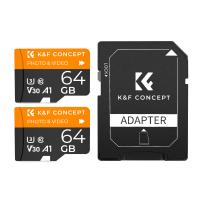

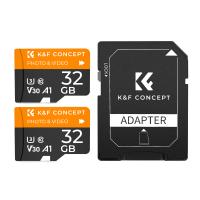
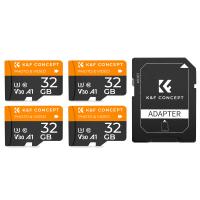






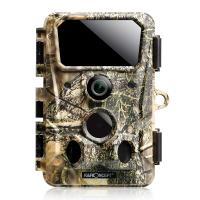


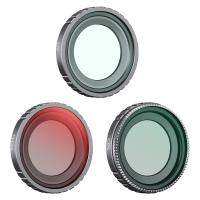
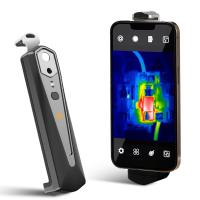
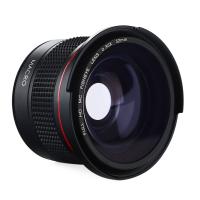
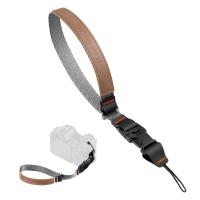

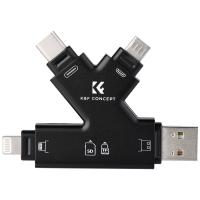







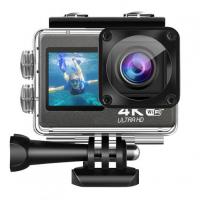
-200x200.jpg)
